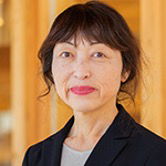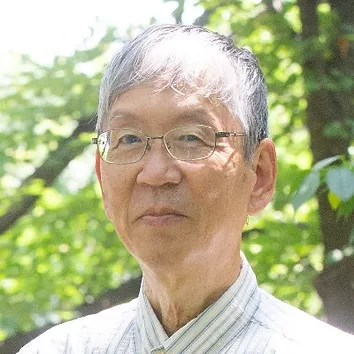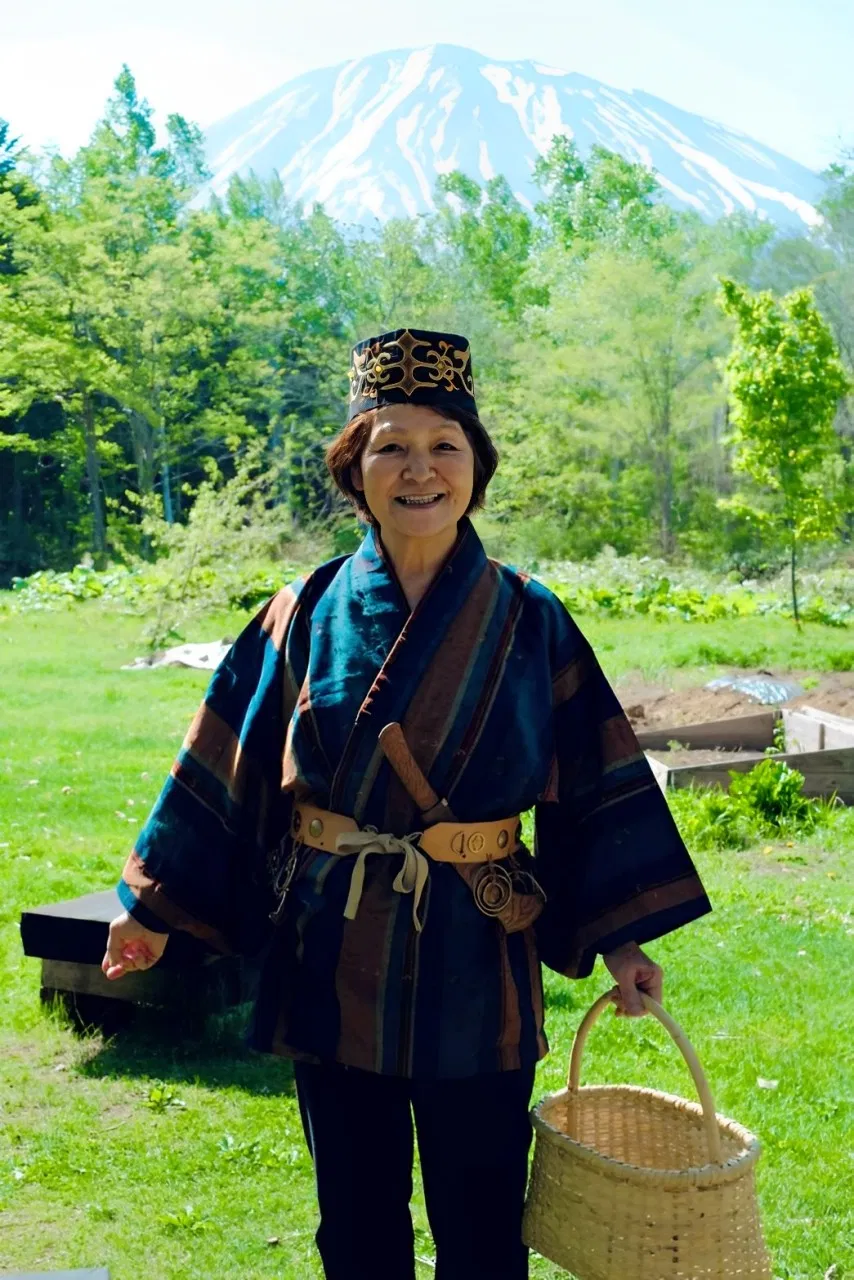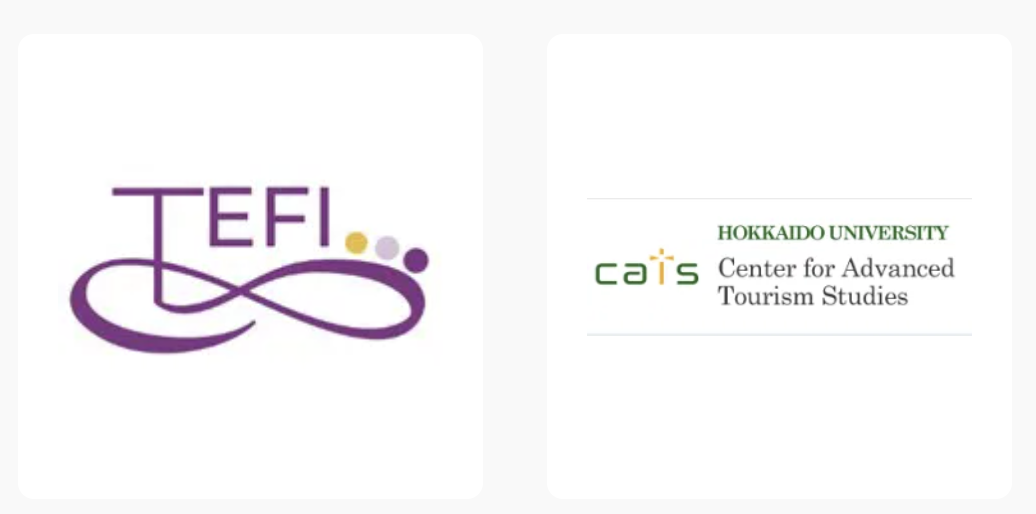Keynote speakers & Sponsors
Kumi Kato

Dr. Kumi Kato (PhD, Queensland; Ms, Griffith; BA, Tohoku) is a professor at the Faculty of Tourism, Wakayama University, and Happiness Institute, Musashino University, Japan. She is a member of CTS (Critical Tourism Studies) research network, Co-president, ISA RC50 (International tourism), PATA Board member, Research fellow, EarthCheck Research Institute, and Advisor, Global Himalayan Expeditions (recipient of UNFCCC Climate Action Award 2020).
She specialises in sustainable destination management focusing on local community initiatives and empowerment, taking a number of advisory roles at the national an d local governments and destination communities. She led Japan’s national project to develop a sustainable tourism standard, JSTS-D, and advice a number of destinations and communities on sustainability. Publications include Sharpley, R., & Kato, K. (2020). Tourism development in Japan (Routledge); Kato, K. (2019). Gender and Sustainability – exploring ways of knowing: an ecohumanities perspective, Journal of Sustainable Tourism, Vol. 27(7), 939-956; A radio documentary featuring environmental perspectives of Ama divers in Japan, Waiting for the Tide.
Chiaki Shimoyasuba

My name is Chiaki Shimoyasuba, Representative Director of Walklabo Sapporo. As a faculty member, I have been involved in education and research on ecotourism, regional planning, and African ethnic culture for 30 years at Osaka University of Arts and 5 years at Hokkaido University. After retiring three years ago, I now enjoy walking and cycling to maintain my health.
How I got involved in this activity
I got to know people who enjoy walking activities such as Footpath and Long Trail in Sapporo, and I organized a study group on " "Extended Stay and Interactions with Locals in Walking Tourism" at Hokkaido university.
“Walking” for me
Born and raised in an environment rich in nature, the roads, fields, reservoirs, streams, and forest around my home were my daily playground. However, as urban development and infrastructure development progressed in the 1970s, and a full-fledged automobile society emerged, places where children could play safely and roads where people could walk safely rapidly disappeared. My interest in environmental assessment, ecological thought, and ethnic cultures led me to question lifestyles based on mass consumption of resources and energy through academic research on lifestyles and cultures in the Republic of Cameroon and other Central African countries.
For me, "walking" is the basis of a humane and physically and mentally healthy lifestyle. Walking also allows me to rediscover the local natural environment and the historical culture built by our ancestors. I strongly feel that there is now a need for community development that aims to revive the culture of walking.
To all participants
The course of the "Sapporo Round Walk" that we are proposing roughly follows the "Circular Green Belt," which is the framework of the green network in the Sapporo City Green Master Plan. Discover a new charm of Sapporo by walking along this course and experiencing the hidden and charming landscapes, nature, flora and fauna, history, and culture that are scattered throughout Sapporo. Through this walking activity, please join us in building a community that will restore the healthy and humane lifestyles we have lost.
Kimiko Naraki

Ms. Kimiko Naraki is the Deputy President of the Karafuto Ainu Association. As a Karafuto (Sakhalin) Ainu descendant, she has devoted herself for decades studying the cultures, languages, traditional crafts, and cooking methods of the Ainu people. She now plays an important role in guiding others through a variety of mutual learning opportunities with Hokkaido's locals and students.
She is also a key figure in SDGs activities in Hokkaido, serving as a lecturer and mentor for workshops on Ainu’s traditional and sustainable craftworks and cookery. More locally, she is a tour guide of the Ainu eco-tour of the Hokkaido University campus and Botanical Garden., She supervised the first Ainu cuisine served at Hokkaido University's school cafeterias last year.
She also leads Rera Mawka, a group that performs Ainu traditional songs, dances, and instruments. In her lectures and performances, she keeps engaging her audiences to enjoy the traditions together using their bodies, and to learn ancestors' wisdom in cooking and crafting methods.
She has been awarded for her outstanding craftwork from the Hokkaido Ainu Association, and she has lately been recognized nationwide for her exceptional artistry.
Sponsors and Supporters
Our sincere appreciation goes to the organisations that made this event possible. The primary support came from the JSPS KAKENHI Grant Number JP23K02542 whichfocuses on values-based tourism education in a vulnerable world. Another large financialsupport came from an internal grant from the Research Faculty of Communication andMedia, aimed at enhancing collaboration for a future competitive grant about walkingpedagogies. The local convenience store chain Seicomart contributed also with drinks that were offered at all meals that were served.
The support of Centre for Advanced Tourism Studies (CATS), Centre for Media and Tourism Studies (CMTS) and Hokkaido Summer Institute (HSI), all based at Hokkaido University, as well as The Japan Society of Tourism and Hospitality Educators (JSTHE), Sapporo Roundwalk, TEFI and CTS played a crucial role in transforming this vision intoreality. Their commitment to advancing educational innovation and fosteringinternational collaboration is deeply appreciated. With their help, the conference was ableto create a unique learning environment that combined outdoor learning with academicexploration, demonstrating how collaboration between institutions can yield new modelsof educational engagement.

